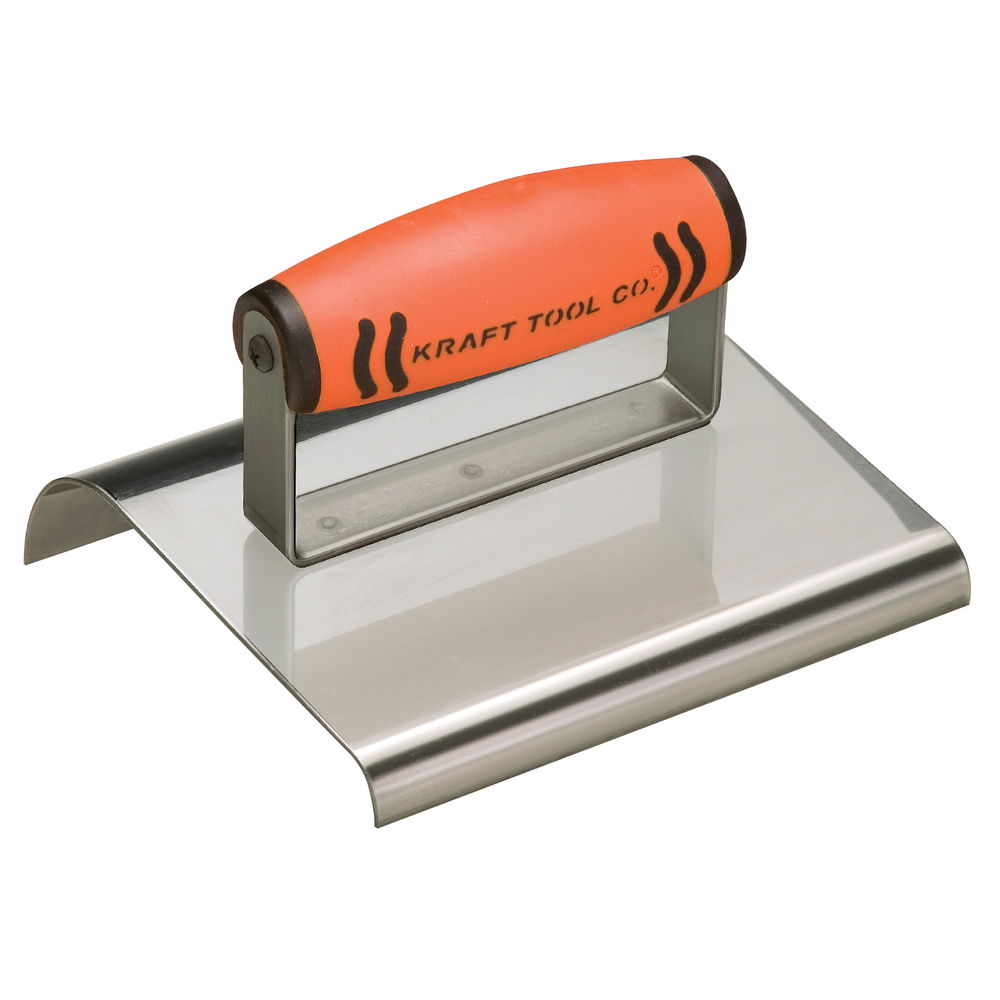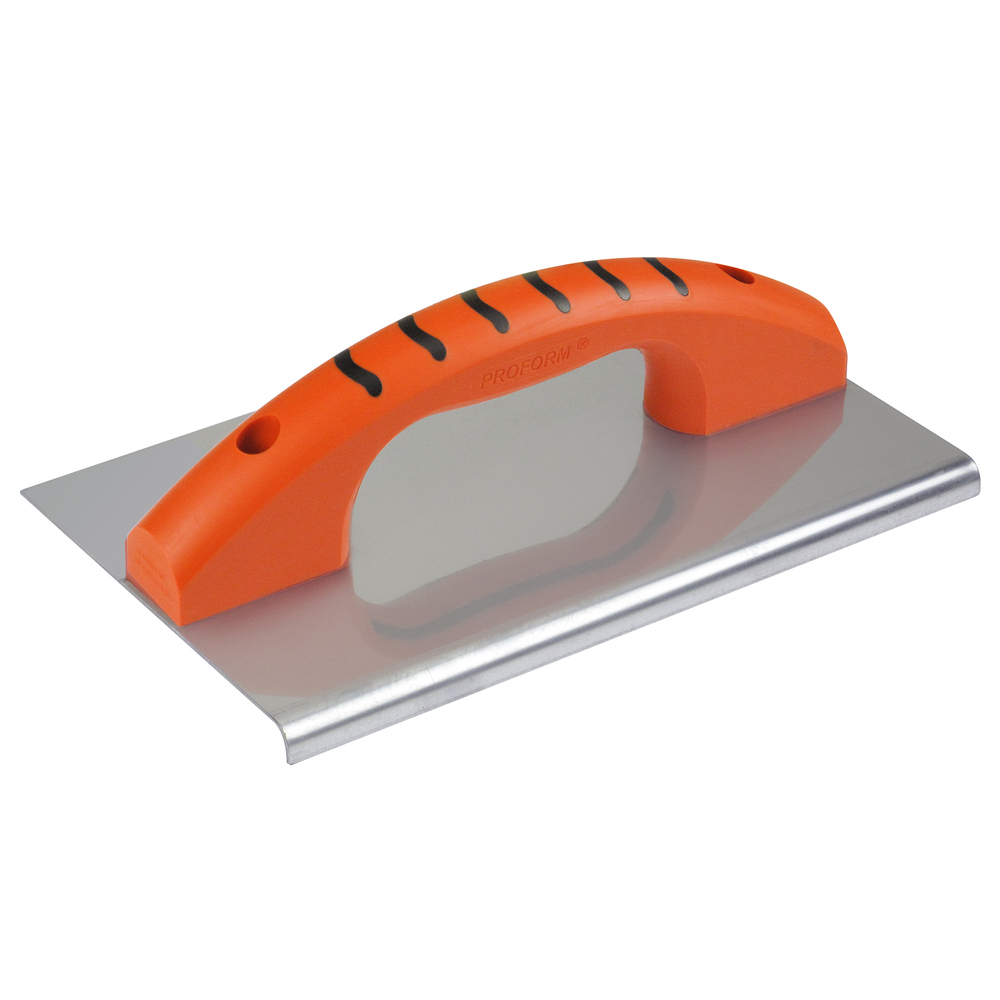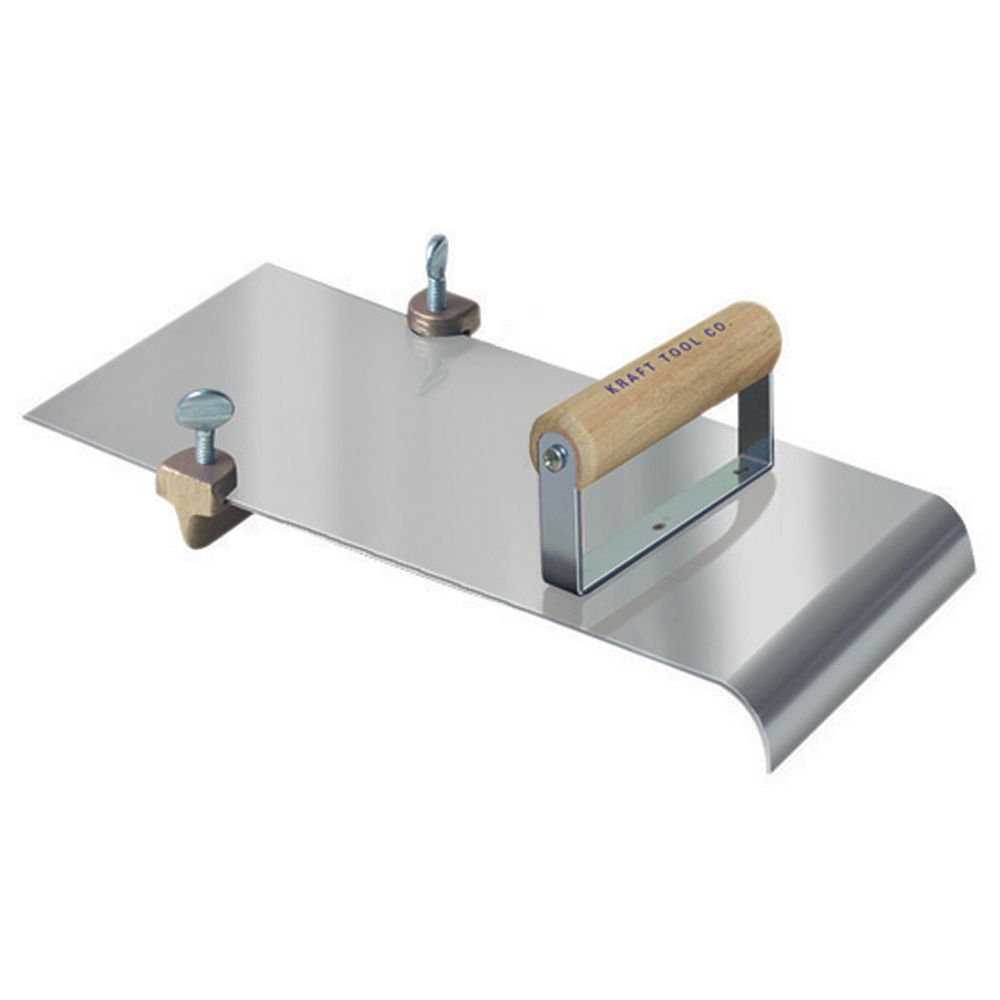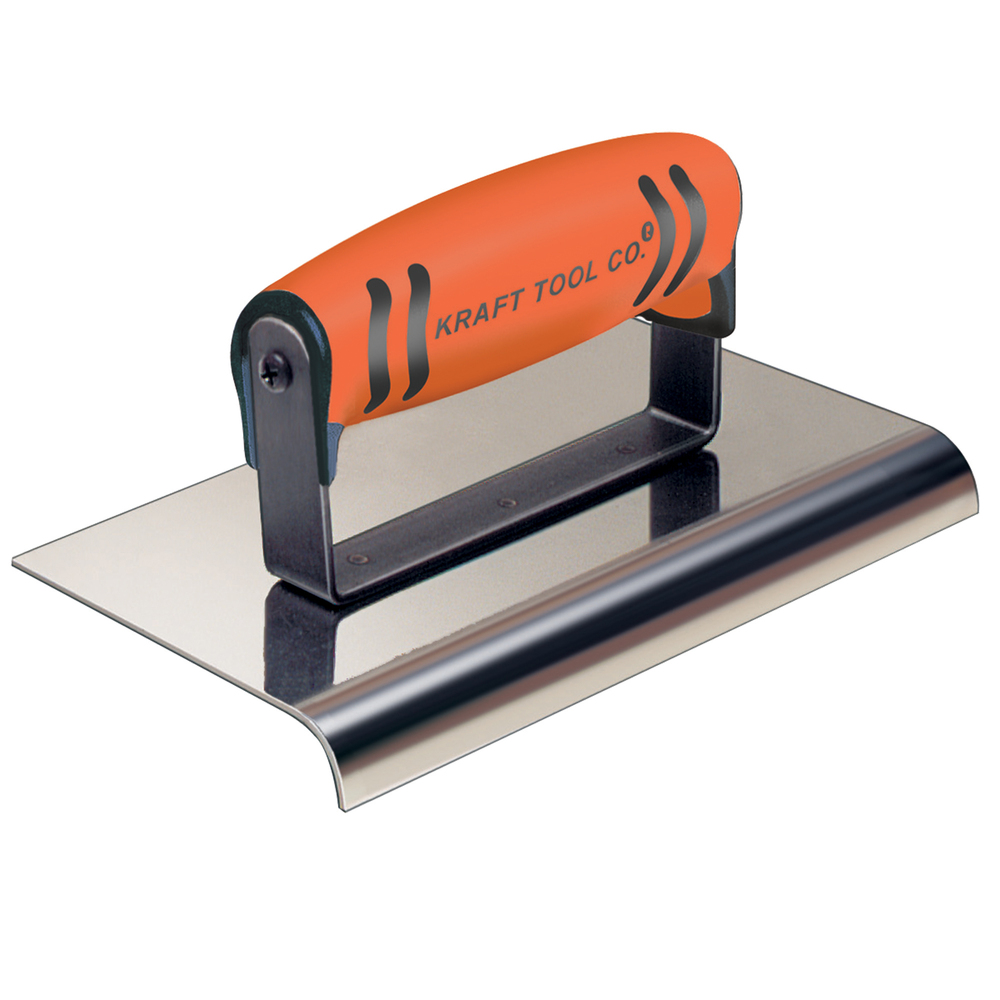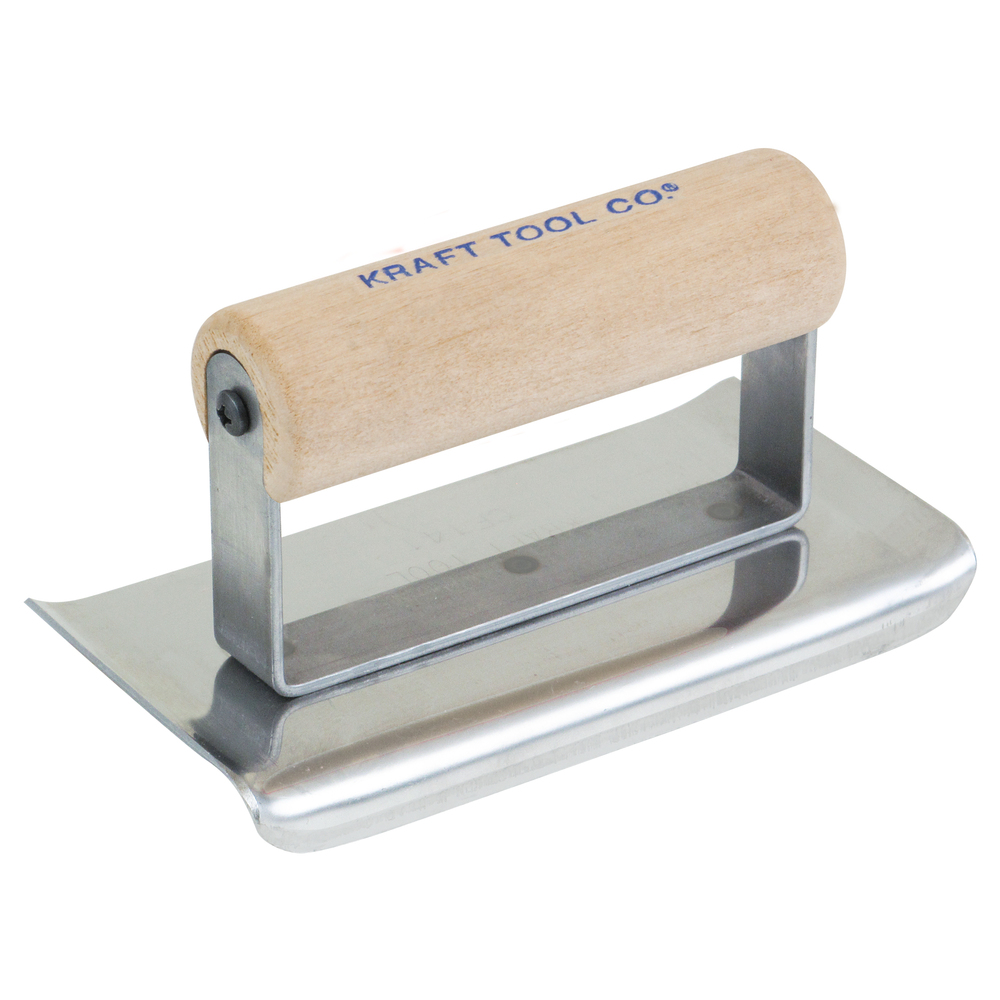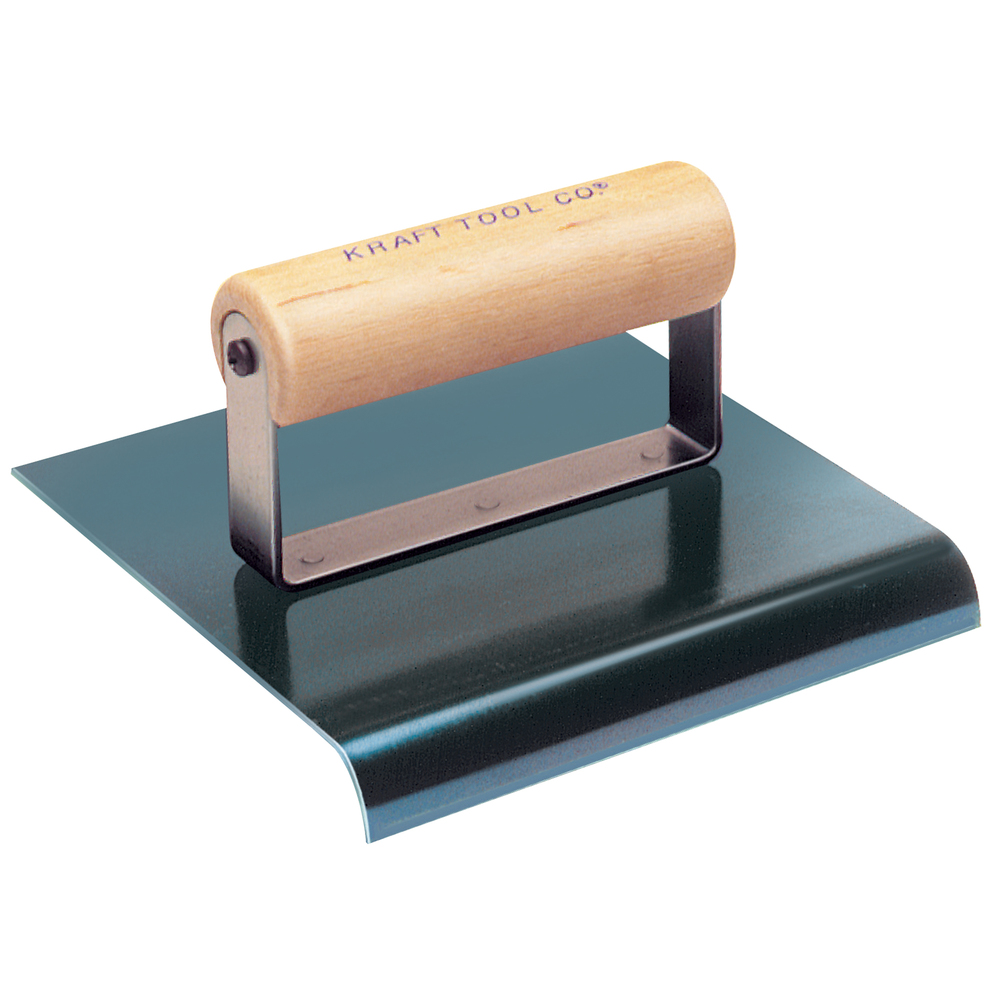Edgers
Filter
96 items
content loaded
$28.99 (EACH)
Item pricing and delivery options may vary based on location. Select your local branch for best pricing.
$41.99 (EACH)
Item pricing and delivery options may vary based on location. Select your local branch for best pricing.
$41.99 (EACH)
Item pricing and delivery options may vary based on location. Select your local branch for best pricing.
$67.99 (EACH)
Item pricing and delivery options may vary based on location. Select your local branch for best pricing.
$16.89 (EACH)
Item pricing and delivery options may vary based on location. Select your local branch for best pricing.
$23.99 (EACH)
Item pricing and delivery options may vary based on location. Select your local branch for best pricing.
$15.99 (EACH)
Item pricing and delivery options may vary based on location. Select your local branch for best pricing.
$14.49 (EACH)
Item pricing and delivery options may vary based on location. Select your local branch for best pricing.
$28.99 (EACH)
Item pricing and delivery options may vary based on location. Select your local branch for best pricing.
$41.99 (EACH)
Item pricing and delivery options may vary based on location. Select your local branch for best pricing.
$41.99 (EACH)
Item pricing and delivery options may vary based on location. Select your local branch for best pricing.
$67.99 (EACH)
Item pricing and delivery options may vary based on location. Select your local branch for best pricing.
$16.89 (EACH)
Item pricing and delivery options may vary based on location. Select your local branch for best pricing.
$23.99 (EACH)
Item pricing and delivery options may vary based on location. Select your local branch for best pricing.
$15.99 (EACH)
Item pricing and delivery options may vary based on location. Select your local branch for best pricing.
$14.49 (EACH)
Item pricing and delivery options may vary based on location. Select your local branch for best pricing.


